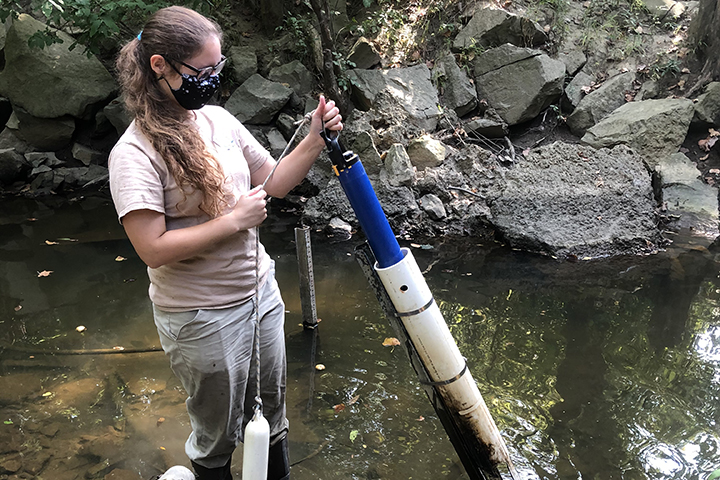
It started with a conversation about a buoy, but it resulted in much more.
Last year, staff at the Lake Superior National Estuarine Research Reserve (LSNERR) reached out to GLOS because they were interested in deploying a buoy. They wanted to better understand the water quality impacts of the St. Louis River Estuary on Lake Superior, and vice versa.
The St. Louis River is the largest U.S. tributary to Lake Superior and also one of the region’s more troubled waterways—it is the second largest area of concern in the U.S. The area where the St. Louis meets Lake Superior is also home to the Superior-Duluth Harbor, one of the largest freshwater ports in the world.
As harmful algal blooms, contaminated sediments, and other threats emerge in Lake Superior, better monitoring of this area is critical. And so, over the past year, GLOS worked with the LSNERR to cost-share the buoy, using Bipartisan Infrastructure Law funds.
“Thanks to the support from Congress for U.S. IOOS, GLOS is contributing to the improvement and replacement of observing platforms throughout the Great Lakes region,” said Ana Sirviente, GLOS Chief Technology Officer. “In this case, these funds have enabled the expansion of the monitoring capabilities of LSNERR, which will help to better understand this very dynamic mixing zone.”
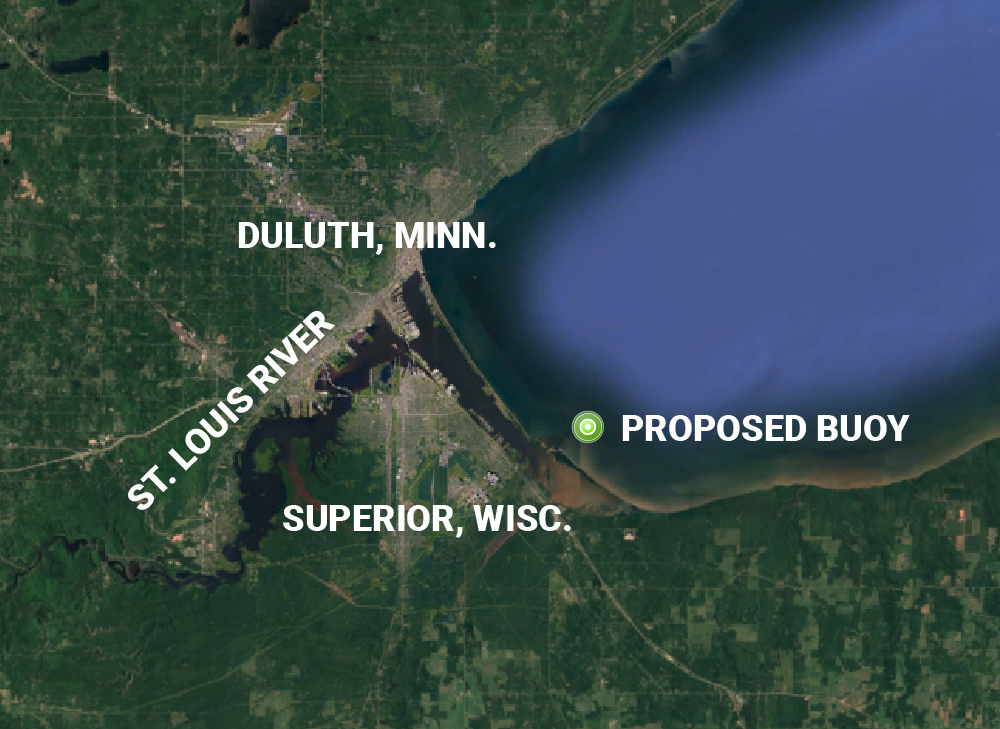
“Developing this partnership between GLOS and NERRS in the Great Lakes has been so exciting as we’ve worked together to find ways to support each other’s missions and a great example of how collaborative efforts can enhance and amplify the impacts of our work,” said Kait Reinl, Research Coordinator at the LSNERR.
The buoy is set for deployment in Spring 2024 and live data will be available on Seagull.
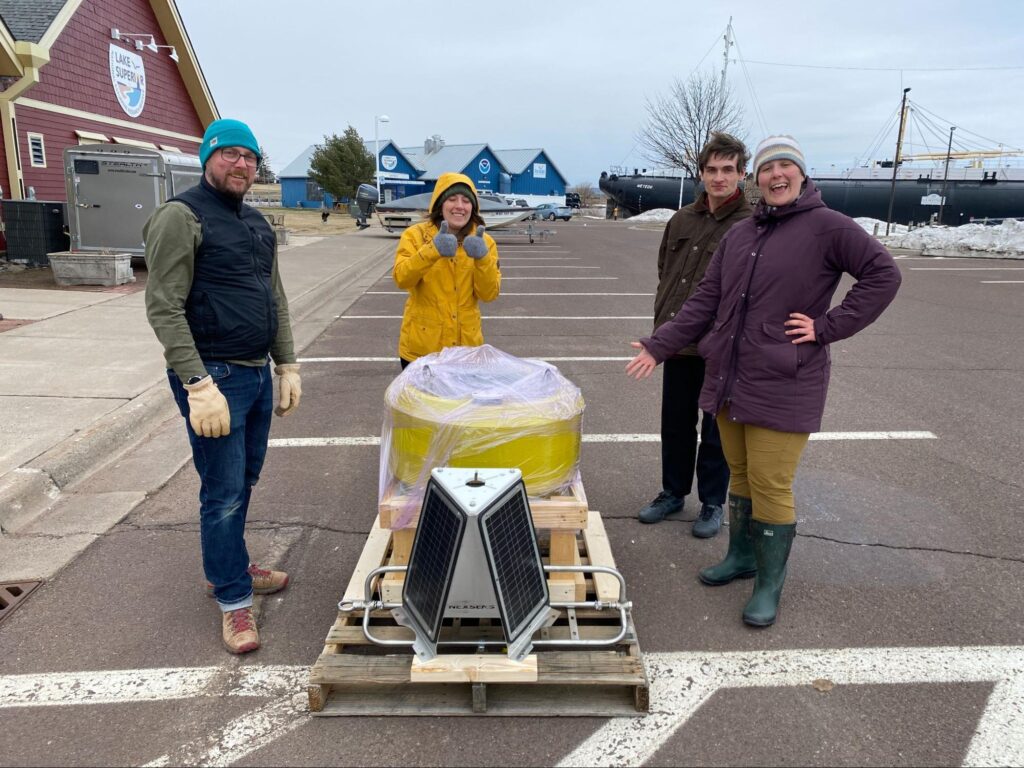
And the newly-forged collaboration with the NERRS didn’t stop there.
LSNERR is part of a system of 29 other reserves throughout the U.S. (NERRS). And through their System-Wide Monitoring Program, they monitor water quality and weather in the estuaries, which includes regular sampling and deploying real-time sensor networks.
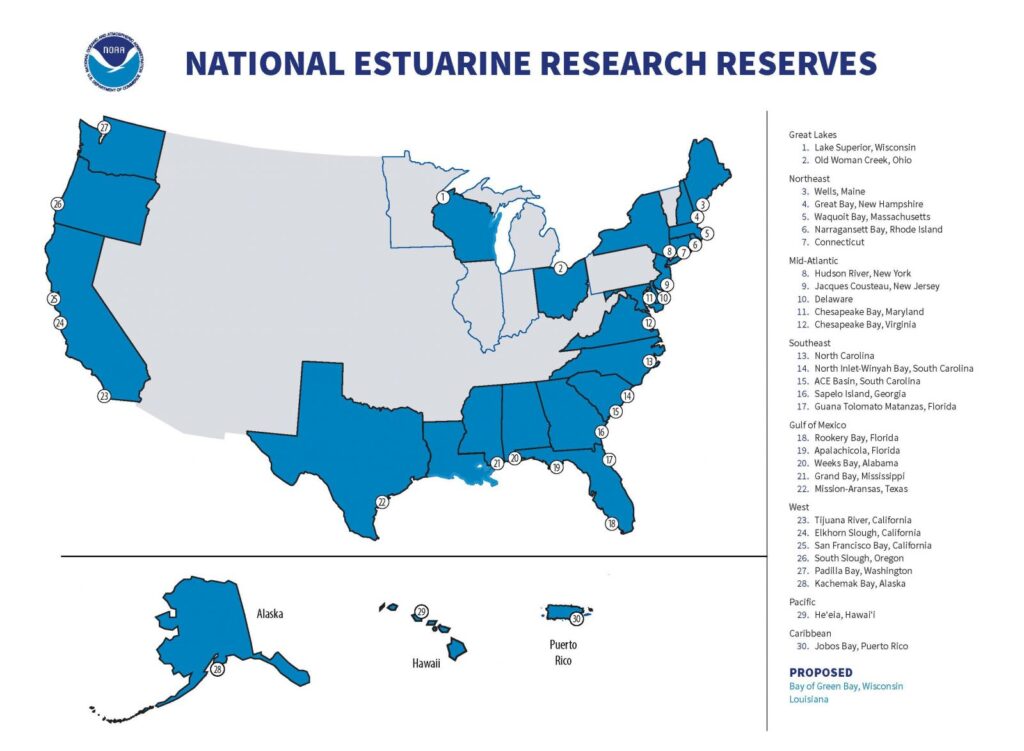
The other Great Lakes NERR, Old Woman Creek NERR (OWCNERR) lies east of Sandusky, OH in one of the few remaining estuaries on Lake Erie’s southern shore. The ecosystem supports species like bluegill, crappie, and important aquatic plants. OWCNERR and LSNERR operate real-time weather and water quality monitoring stations that track conditions like humidity, wind speed, dissolved oxygen, pH, and turbidity.
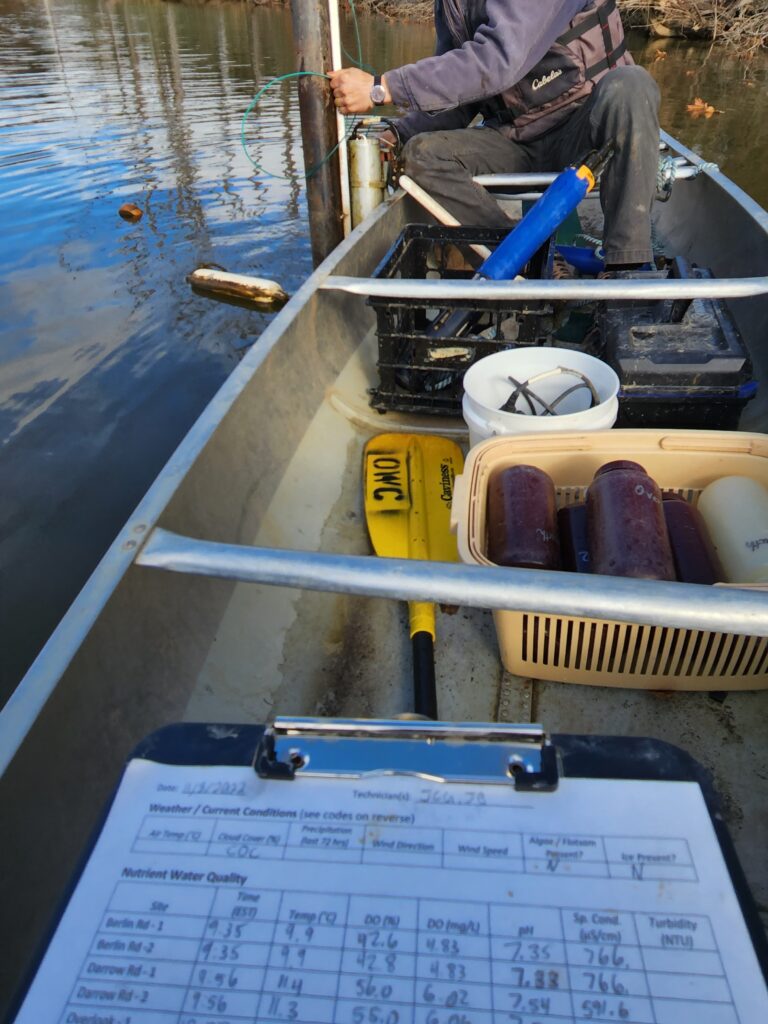
Staff from LSNERR and OWCNERR worked closely with the GLOS team to integrate their real-time data into Seagull.

“[Connecting to Seagull] really expands potential use and impact of our data, and it is also a great opportunity for outreach, since Seagull is an intuitive, easy-to-use tool for multiple audiences,” said Hannah Ramage, the System-Wide Monitoring Program Coordinator.
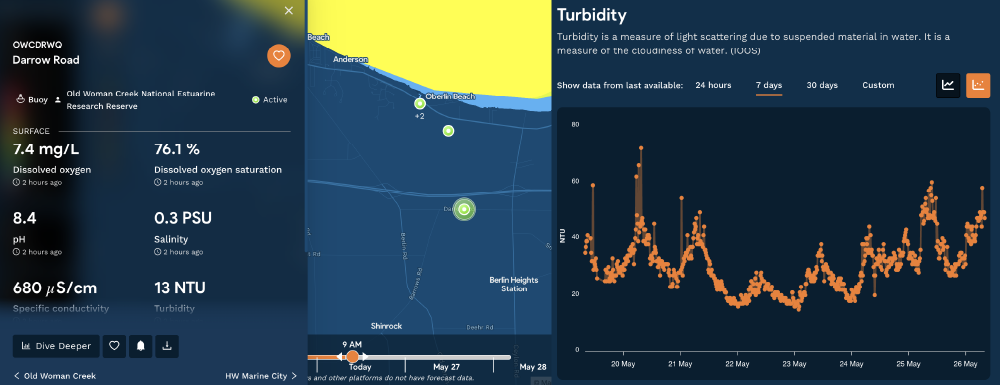
“We hope that by connecting with Seagull, we will be able to make other researchers aware of our monitoring efforts and share our data with other researchers, managers, and agencies within the region,” said Jacob Cianci-Gaskill, System-Wide Monitoring Program Coordinator at OWCNERR.
Now that the initial integration is complete, both NERRs plan to add more real-time data to Seagull.
“It’s been amazing to discover the capabilities of GLOS and to develop this partnership. Sharing our water quality data on Seagull allows our work to be discoverable throughout the Great Lakes, whether you’ve heard of a National Estuarine Research Reserve or not!” Deanna Erickson, Lake Superior NERR Director.
If you’d like to start a conversation about connecting your platform or dataset to Seagull, please email support@glos.org.